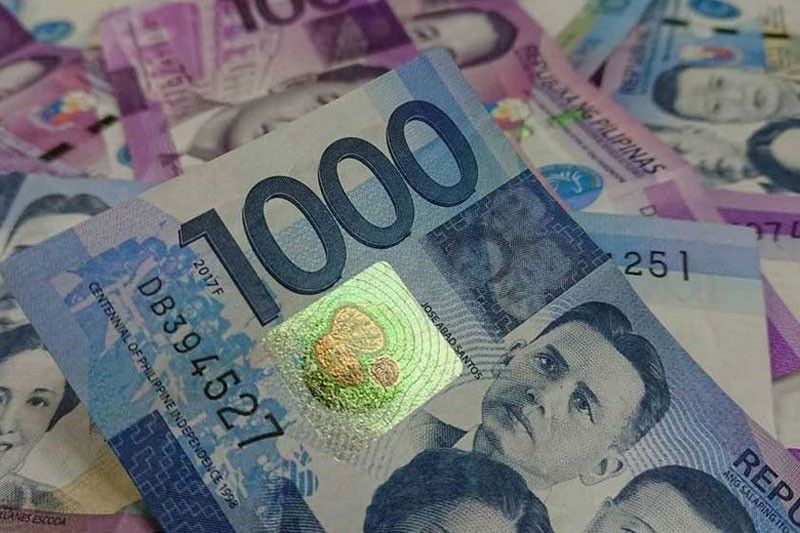Peso pierces 53:$1, lowest in 12 years

MANILA, Philippines — The peso pierced the 53 to $1 resistance level yesterday, closing at a new 12-year low as traders braced for widely expected policy rate increase of the US Federal Reserve.
The local currency closed 28 centavos lower at 53.23 from Monday’s close of 52.95. This was the weakest level for the peso since closing at 53.55 to $1 on June 29, 2006.
It opened weaker at 53 to $1 and hit an intraday low of 53.26 to $1. Volume picked up to $773.17 million from Monday’s $653.1 million.
BSP Governor Nestor Espenilla Jr., said the Monetary Board would evaluate a rich and broad range of information at its policy meeting on June 20.
“Recent developments on inflation and economic activity are key inputs but these are certainly not the only consideration. We’ll be examining closely all potential drivers of future inflation through the various transmission channels as affected by global developments, expectations formation, and uncertainty,” Espenilla said, adding that “it’s a fairly complex environment that we need to navigate.”
ING Bank Manila senior economist Joey Cuyegkeng said there are several factors that continue to drag the peso as well as other currencies in emerging markets.
External factors, he said, include the continued tightening of US monetary policy with an expected rate hike at today’s meeting, heightened possibility of a fourth Fed rate hike this year, and the gradual reduction of global liquidity as Fed’s balance sheet is reduced.
He also cited the possibility of the European Central Bank signalling a start in the normalization of monetary policy. Cuyegkeng said the continued increase in global oil and commodity prices also contributed to the weakening of the peso.
The economist said factors in the local front include the wider trade deficit, bigger current account deficit due to inadequate remittances from overseas Filipinos and receipts from business process outsourcing (BPO) sector, as well as enhanced fiscal deficit spending.
- Latest
- Trending



























